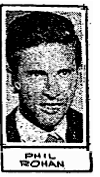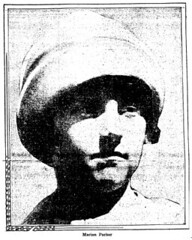
December 18, 1927
Los Angeles
This morning’s headline was set in the giant typeface reserved for only very good or very bad news. This time it was the latter: "Kidnaped [sic] Child Slain By Fiend." For three days now, Angelenos have followed the story of 12-year-old Marian Parker, lured away from Mount Vernon High School by a man who said her father was ill. The kidnapper demanded $1500 (close to $18,000 in 2007) for her safe return, and Marian’s father agreed to pay it.
Shortly after 8 o’clock last night, the kidnapper drove up to the agreed-upon meeting place. Marian’s small form was visible in the passenger seat. "Here’s your child," he told Parker. "Give me the money and follow instructions. She’s asleep now." The ransom changed hands; the criminal drove a short way and deposited Marian’s blanket-wrapped figure on the lawn at 432 South Manhattan Place. Perry Parker rushed to his daughter, scooped her up and—in a waking nightmare that must have haunted him for the rest of his days—discovered she was dead, her eyes wired or sewn open in a hideous simulacrum of life. A wire was bound so tightly around her neck that it cut deeply into her flesh; she had been disemboweled and her legs hacked off close to her body. The Times was filled with stories comparing the Parker case to Leopold and Loeb and a host of other grisly child murderers. Crowds of bloodthirsty thrill seekers (the Times estimated over 25,000) thronged past the Parker household at 1631 South Wilton Place (address helpfully supplied by the paper).
The horror continued today. While most of Los Angeles was still reading its morning papers, citizens aiding the police found five gruesome bundles on a lonely road in Elysian Park. The first contained Marian’s arms and legs; the last, found by "two small boys, carrying on the search," held her viscera. A blood-soaked suitcase previously discovered in the gutter at 620 South Manhattan place is believed to have held the child’s body. Then, late this evening, the police found an abandoned Ford roadster, license number 667-67. It is believed to be the automobile driven by the kidnapper to the meeting with Marian’s father.
A massive manhunt is underway for the fiendish killer.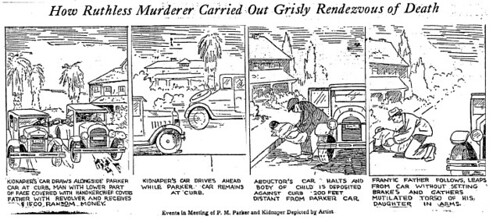

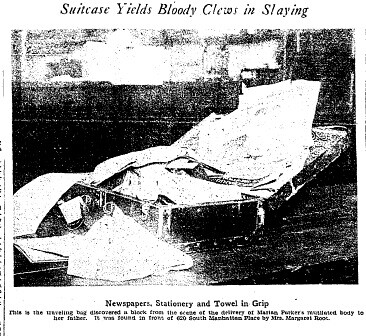


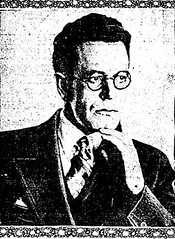 If there is an explanation for the obvious overkill in the murder of Albert Snyder, it must be that Ruth’s previous attempts to snuff out the life of her husband (twice by asphyxiation and once by poison) had failed – and she wasn’t about to give up. Ruth had persuaded her husband to take out a double indemnity policy, which would pay her in the event of his accidental death. It was the lure of the $97,000 worth of life insurance that compelled her to continue with her diabolical schemes until she succeeded.
If there is an explanation for the obvious overkill in the murder of Albert Snyder, it must be that Ruth’s previous attempts to snuff out the life of her husband (twice by asphyxiation and once by poison) had failed – and she wasn’t about to give up. Ruth had persuaded her husband to take out a double indemnity policy, which would pay her in the event of his accidental death. It was the lure of the $97,000 worth of life insurance that compelled her to continue with her diabolical schemes until she succeeded. 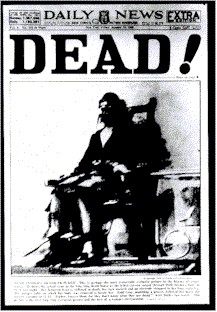

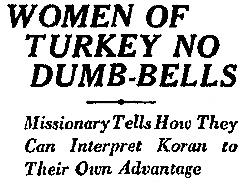 December 15, 1927
December 15, 1927 
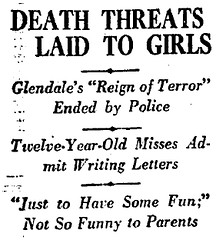 Three Glendale families found interesting missives in their mailboxes this week, and they weren’t no holiday wishes.
Three Glendale families found interesting missives in their mailboxes this week, and they weren’t no holiday wishes.

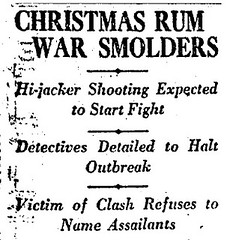

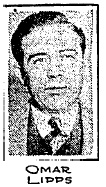
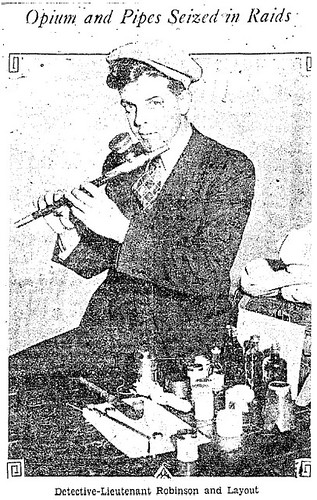
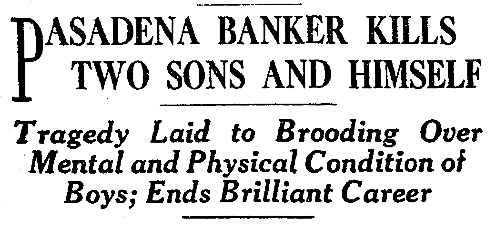

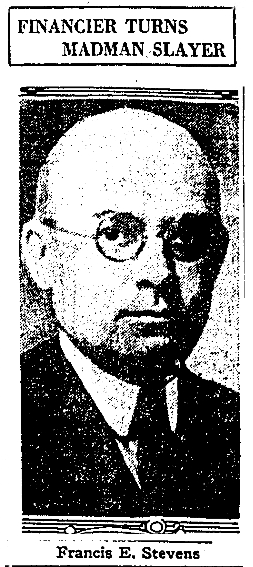 December 8, 1927
December 8, 1927 They walked and talked along the shady paths and across sun-dappled lawns until they came to the tennis court in the rear. It was 12:15 when father pulled out and brought a pistol to his son’s temple and fired. He was then seen sliding the barrel into his mouth and pulling the trigger, his body crumpling directly next to his son’s.
They walked and talked along the shady paths and across sun-dappled lawns until they came to the tennis court in the rear. It was 12:15 when father pulled out and brought a pistol to his son’s temple and fired. He was then seen sliding the barrel into his mouth and pulling the trigger, his body crumpling directly next to his son’s.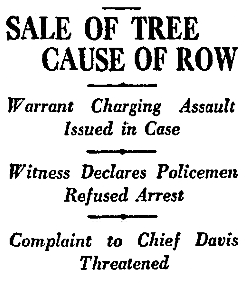 December 8, 1927
December 8, 1927 On a related note—here in the future—I like my palm tree. A lot. And who can blame me? So when I looked out my window and saw someone chainsawing up the palm in front of my home, I was close to grabbing something a lot stronger than a can of seasoning. (Never mind that it wasn’t really my palm—but on an embankment in front of my house—I loved my palm, dammit.) When the overscale condo development went up across the street from me, they stretched high-tension wires across to it. And then the DWP decided that the decades-old
On a related note—here in the future—I like my palm tree. A lot. And who can blame me? So when I looked out my window and saw someone chainsawing up the palm in front of my home, I was close to grabbing something a lot stronger than a can of seasoning. (Never mind that it wasn’t really my palm—but on an embankment in front of my house—I loved my palm, dammit.) When the overscale condo development went up across the street from me, they stretched high-tension wires across to it. And then the DWP decided that the decades-old 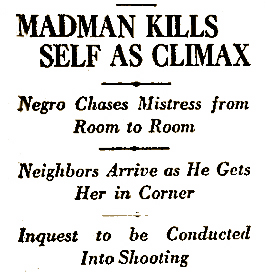 Mrs. Margaret Pumphrey, 27, of the
Mrs. Margaret Pumphrey, 27, of the 


